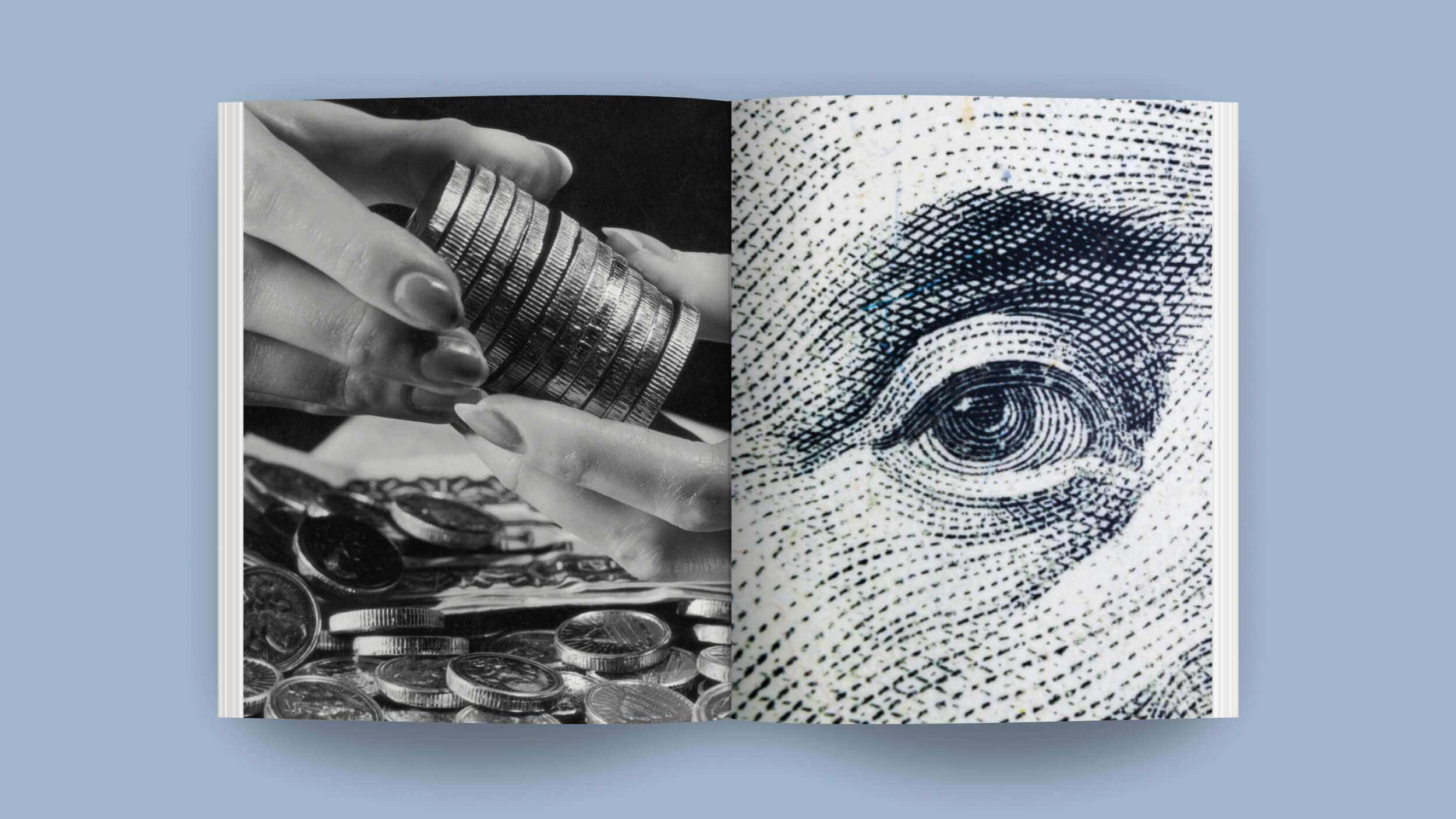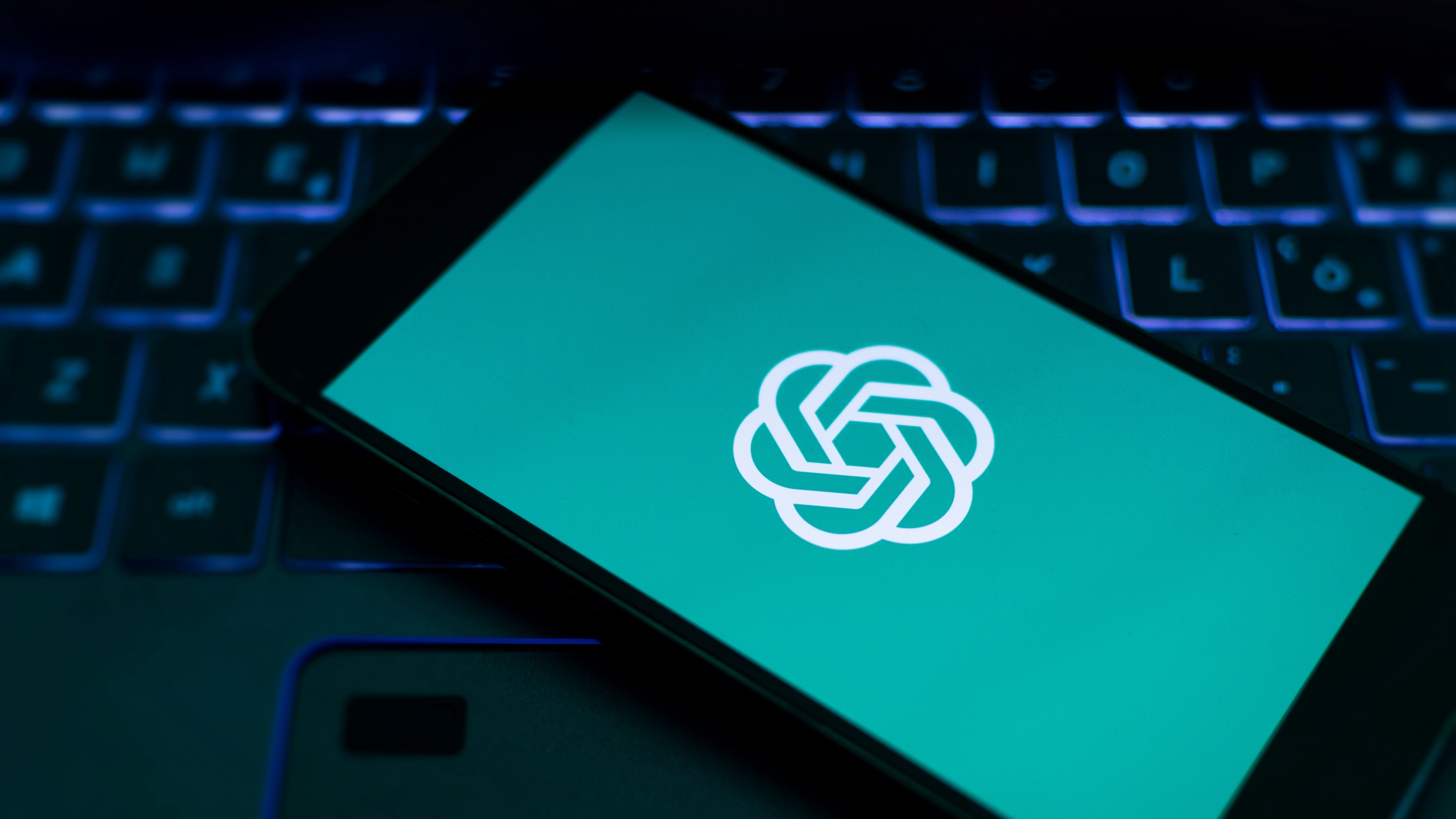The Value of an Ambiguous Ending

I was reading children’s books in French and in English and I noticed that there’s a different typical narrative sequence. In the English books, the American kids’ books, typically, there is a problem, the characters grapple with that problem and the problem is resolved. And, in the French books, there was, typically, a different sequence. There’s a problem, the characters grapple with that problem, the problem is briefly resolved and then the problem comes back again, or the characters kind of grapple with their desire to do good and their desire to do bad things and the good doesn’t win. Good doesn’t win and evil doesn’t win. They’re both kind of always present.
I like it that my kids get both versions of the stories, just the happy ending and the ambiguous ending or the difficult ending. I think the difficult ending might be more realistic, but that doesn’t mean we can’t hope as well. So I like that. I like that balance. I’m going to keep reading them both kinds of books.
In Their Own Words is recorded in Big Think’s studio.
Image courtesy of Shutterstock





